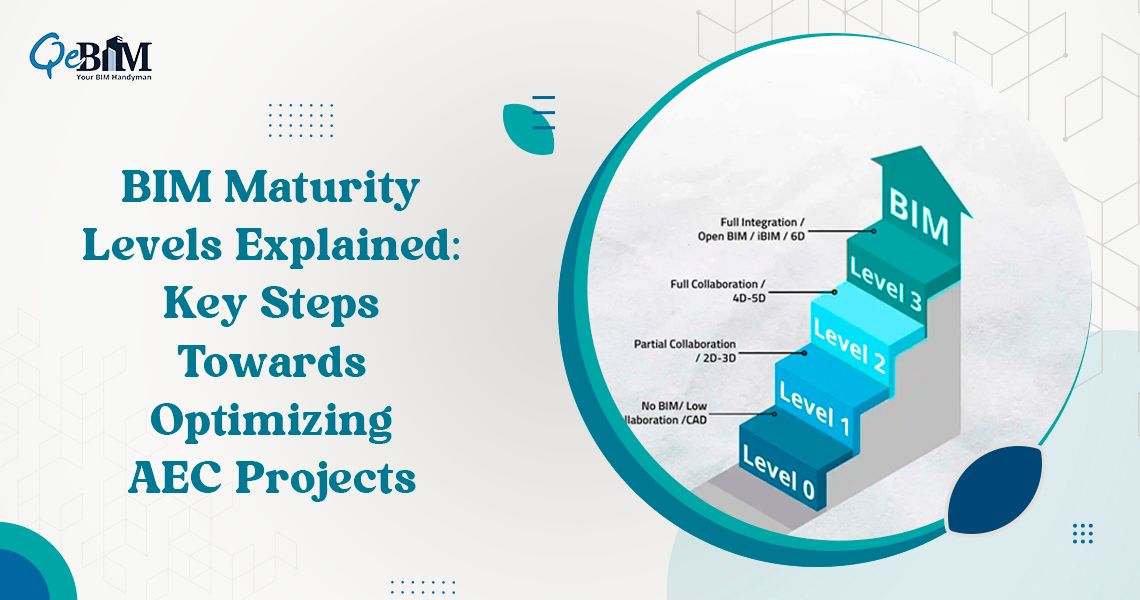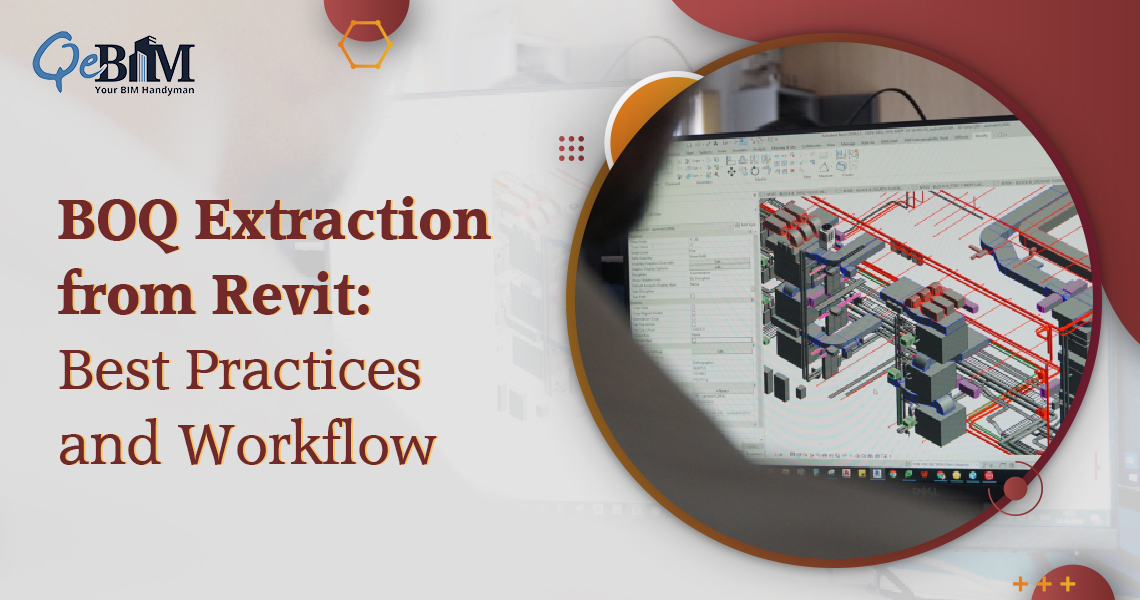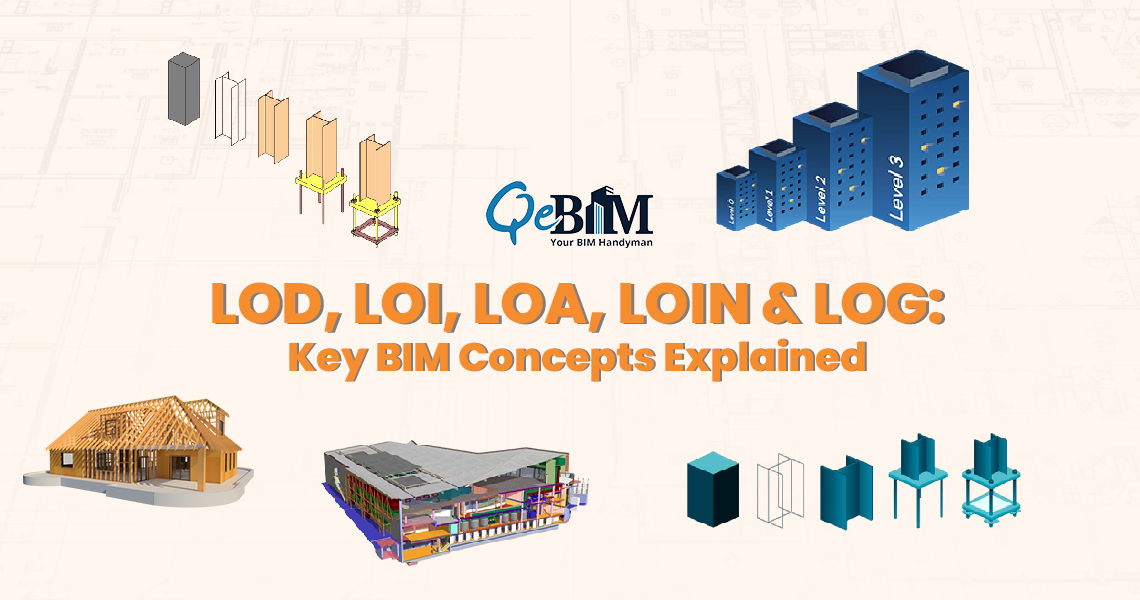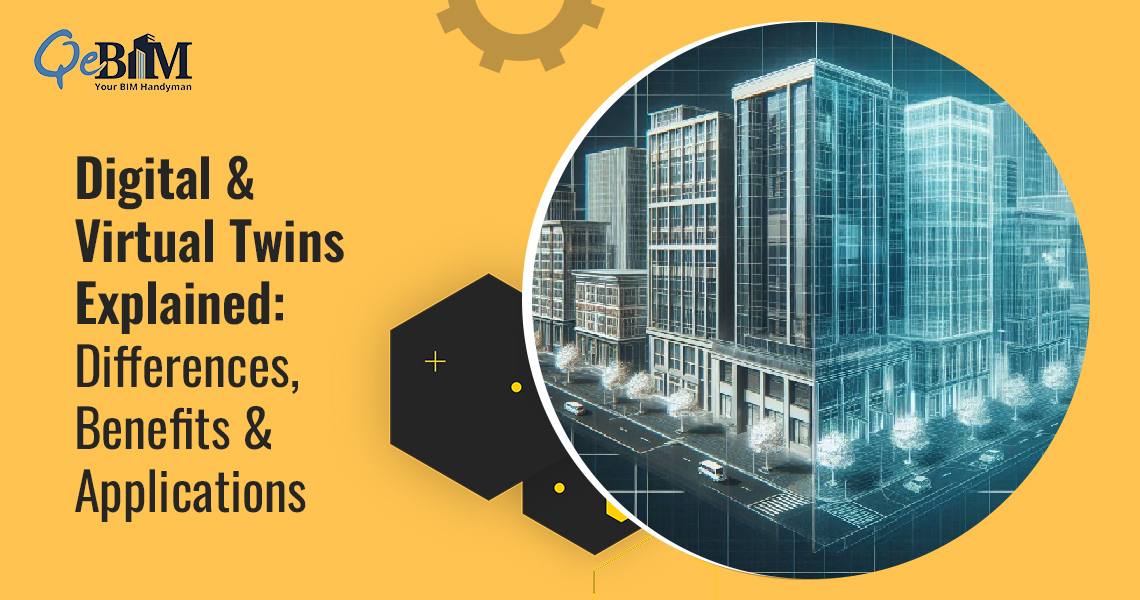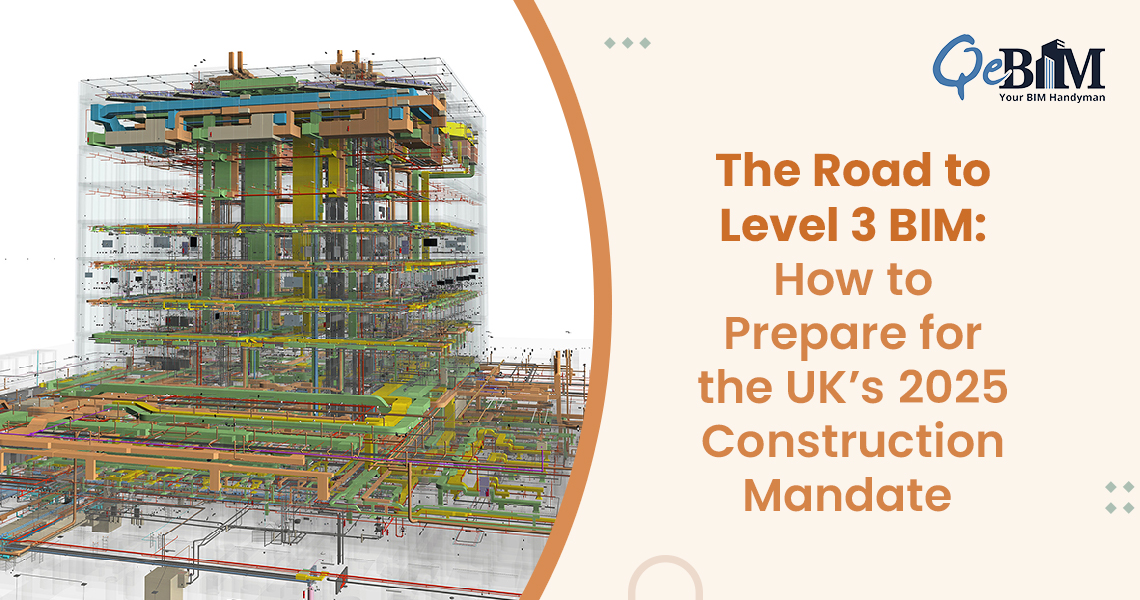BIM Modelling Services forms the core of the AEC Industries these days. It provides efficient and accurate way to design, plan and the manage construction projects. As the professionals embraces BIM, understanding its maturity levels becomes crucial to maximizing its benefits. BIM maturity levels represent a progression of technological and procedural adoption in BIM processes which when implemented correctly can lead to more collaborative, cost-effective and sustainable projects.
What Are BIM Maturity Levels?
BIM maturity levels refer to the extent of integration, automation and collaboration in a project’s lifecycle using the BIM technology. These levels outline how much the project team uses the digital tools and processes for design, construction as well as the operation management. In general, there are four recognized maturity levels: Level 0, Level 1, Level 2, and Level 3.
Level 0: No Collaboration
At Level 0, the BIM usage is minimal. Typically, the projects are still based on 2D drafting and paper-based processes. If digital tools are used, they are mostly for individual tasks like creating drawings. There’s little to no collaboration or data sharing between the stakeholders and any information transfer usually happens through traditional methods like printed drawings or PDFs. This level is rare in modern projects as the industry increasingly seeks greater efficiency and accuracy.
Key Features of Level 0:
- Predominantly paper-based documentation
- Limited or no use of digital tools for design as well as construction
- No collaboration or shared data between project stakeholders
Level 1: Managed CAD in 2D and 3D
Level 1 introduces some form of digitalization typically using Computer-Aided Design (CAD) in both 2D and 3D environments. At this stage, the companies may use the BIM tools to create simple 3D models but these models are not yet fully integrated or shared across project teams. While there’s still a strong reliance on 2D drawings and documents, some parts of the process such as the model management are handled digitally. Data sharing and collaboration are still limited but some projects may adopt file-sharing methods.
Key Features of Level 1:
- Use of both 2D and 3D CAD for design
- Limited collaboration between stakeholders
- File-based data sharing using CDE, but not real-time collaboration
- BIM models not fully integrated into the project lifecycle
Level 2: Collaborative BIM with Integrated Data
Level 2 is where the true BIM collaboration begins. At this stage, BIM is implemented across all project phases and stakeholders work collaboratively using 3D models. The key difference at this level is that the BIM models are shared across teams using cloud-based solutions ensuring that the project team has access to updated information at all times. BIM models are more sophisticated, and data from different disciplines like architectural, structural and MEP is integrated into a central shared model.
While the model is still created and worked on by separate teams but all the models are integrated into a federated model thereby enabling a real-time coordination and conflict resolution Level 2 enables more precise and thorough planning, minimizing errors and the need for rework.
Key Features of Level 2:
- Integrated 3D BIM models across multiple disciplines
- Improved collaboration and communication among stakeholders
- Centralized data sharing using cloud technologies
- Federated model combines Architectural, Structural and MEP BIM Modelling
- Clash detection and resolution through coordinated models
BIM Level 3: Fully Integrated and Open BIM
BIM Level 3 is where all the project stakeholders collaborate within a fully integrated BIM environment, commonly known as Open BIM. This level ensures the real-time data exchange across all the disciplines thereby enabling seamless collaboration among the architects, engineers, contractors and other stakeholders.
The core feature of BIM Level 3 is its emphasis on interoperability where different software platforms and tools can interact smoothly by allowing stakeholders to work together efficiently throughout the entire project lifecycle.
BIM Level 3 fosters advanced applications such as virtual construction and lifecycle management where real-time updates and data sharing ensure that the project is aligned at every stage. This level enables greater control over the project’s cost, schedule and sustainability through the integration of 5D and 6D BIM.
Key Features of Level 3:
- Full integration of design, construction and operations data
- Real-time data exchange and collaboration
- Full Collaboration in a Shared BIM Environment
- Real-time monitoring and predictive maintenance capabilities
- Seamless collaboration across all stages of the project lifecycle
- Integration of 5D and 6D BIM
Why Are BIM Maturity Levels Important in AEC Projects?
- Improved Collaboration: As the maturity level progresses, the collaboration among the stakeholders improves. At higher maturity levels, the teams work in an integrated environment thereby leading to better communication, fewer errors and smoother coordination.
- Increased Efficiency and Reduced Costs: With higher maturity levels there is better data sharing which reduces the likelihood of errors, reworks as well as the miscommunications. Clash detection and conflict resolution becomes more streamlined which ultimately reduces the construction costs and time.
- Enhanced Decision-Making: At higher levels, the integration of real-time data and access to the shared models provides the critical insights that improves the decision-making throughout the lifecycle of the project.
- Competitiveness and Innovation: Firms that adopts the higher BIM maturity levels can offer more innovative solutions making them more competitive in the market. Level 3 BIM, with its full lifecycle capabilities, allows for cutting-edge services such as smart buildings, enhanced facility management and operational efficiency.
Conclusion
The journey through the BIM maturity levels is essential for the AEC firms looking to maximize the potential of BIM technology. Each level brings its own set of benefits with Level 3 offering the most advanced capabilities in terms of collaboration, data management and operational efficiency.
By implementing higher levels of BIM maturity, the AEC firms can deliver more successful, sustainable as well as cost-effective projects while staying competitive in an increasingly digital and data-driven industry.
The future of AEC lies in the full BIM integration moving towards a truly connected, real-time and data-rich project ecosystem.
